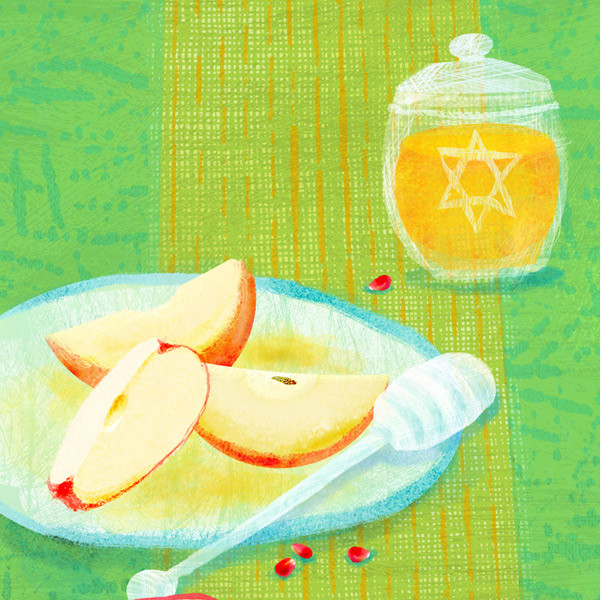Rosh Hashanah, which means “new year” in Hebrew, is a time of family gatherings and religious celebrations. Families gather for a traditional holiday meal, including apples dipped in honey, which symbolize the wish for a sweet new year, and challah bread baked in a round or dome shape to symbolize a wish for a well rounded year without sorrow.
The sounding of the shofar, an instrument made from a ram’s horn, is an important part of the celebration. The shofar is blown 100 times every day of Rosh Hashanah and at the end of Yom Kippur.
Yom Kippur, observed on the 10th day of Tishri, is also called the Day of Atonement. It is the most solemn day of the Jewish year, observed with fasting, reflection and prayer.
One of the ongoing themes of the High Holy Days is the concept that God has “books” with everyone’s names inscribed—a listing of who will live, who will die, who will have a good life and who won’t—for the coming year. The books are written on Rosh Hashanah, but an individual’s actions during the 10-day period can alter God’s decree. The books, and therefore the fates for the year, are sealed on Yom Kippur.
Did you know?
- The 10-day celebration of Jewish New Year is often referred to as the High Holidays or High Holy Days, which usually fall in September or October.
- The tradition of sending greeting cards for the Jewish New Year originated with Jews in Germany in the mid-1800s. Hallmark started making cards to commemorate the Jewish New Year in the 1940s.
